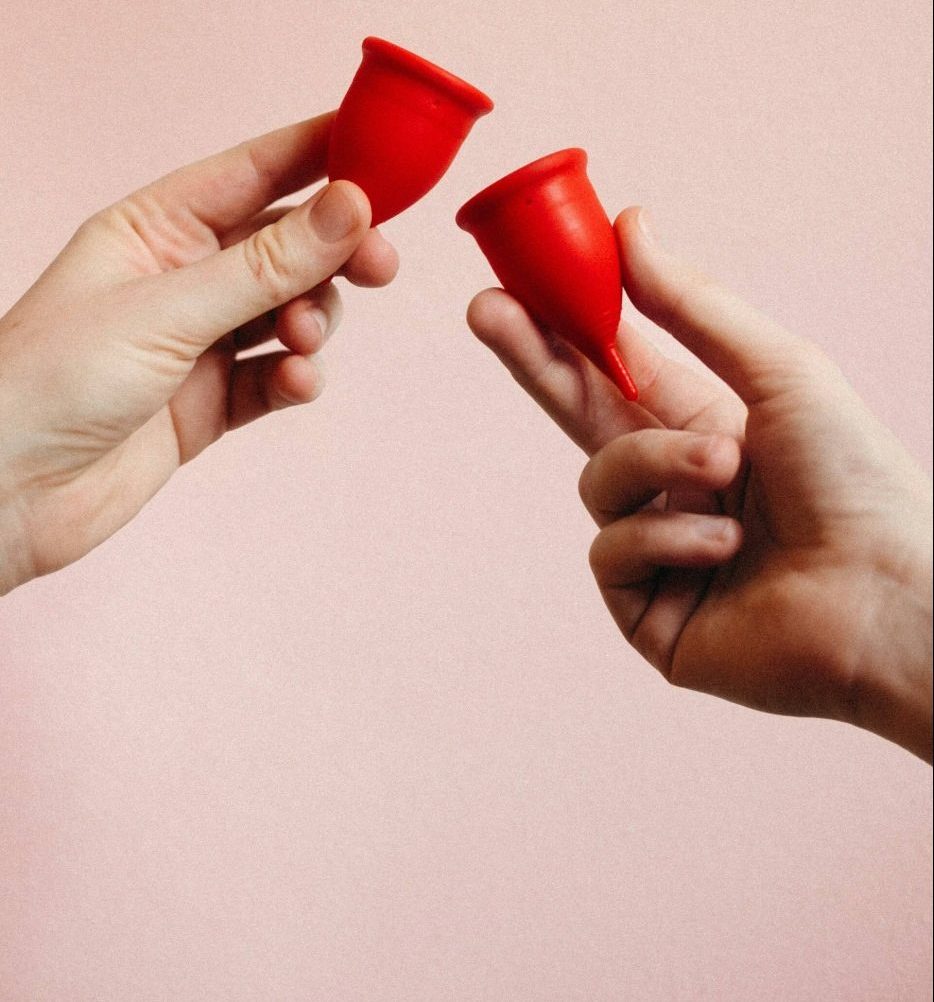How to make your period eco-friendly
Switching to eco-friendly period products may not immediately seem like a way to combat climate change. However, when you consider those who menstruate will have a period around 450 times in their lifetime and use roughly 11,000 tampons in their lifetime, that adds up to a lot of waste which could be reduced by choosing eco-friendly alternatives. With this in mind, let’s have a look at the different planet-friendly period products on offer.
Firstly, there are menstrual cups. These are often made of flexible silicon, which is less irritating than the chemicals found in pads and tampons. They are also highly durable: a menstrual cup can stay in for up to 12 hours and, over the longer term, the cup can be used for 10 years. This signifies a huge opportunity for saving money as the cost of a cup is only 5% of the cost of a 10-year supply of pads or tampons. Some brands that provide menstrual cups include Lunette, Diva Cup and Mooncup.
According to one survey, 83% of women say they would try a reusable pad.
Period underwear could also be an option to look into if you don’t enjoy feeling like you’re wearing a nappy during your time of the month. This type of underwear absorbs period blood and is washable so you can reuse it every month. Absorbency varies, but some period underwear can hold up to three times the amount of blood one tampon can absorb. They come in different styles, too – there are high-rise, hipster, brief and even thong period panties on offer. It costs about £23 per pair for period underwear from Thinx or Modi Bodi, but considering that this will save on buying pads, the price is not unreasonable.
If you feel like changing to something new is too much of a learning curve, there are also more eco-friendly ways to buy pads. Reusable pads like LunaPad can last three to five years (and, what’s more, the company sends pads to countries in need). It is also an appealing option to many women – according to one survey, 83% of women said they would try a reusable pad.
Another familiar option is biodegradable pads. Regular pads and tampons take 500-800 years to biodegrade, whereas Mooncup’s pads and tampons biodegrade ‘faster than bananas’. This is a great option for anyone who doesn’t want to deal with the hassle of washing reusable pads as they can be disposed of in a sanitary bin (and some can even be composted). Brands like Saathi and Mooncup make biodegradable pads. Considering there are, on average, five plastic bags worth of plastic in one pack of regular pads, a switch to biodegradable alternatives could reduce your plastic use significantly.
When one in ten girls are unable to afford sanitary products in Great Britain, a charity like Bloody Good Period … goes a long way to improve the situation.
For those who prefer tampons to pads, never fear – there is a sustainable option for you too. Dame has made a reusable tampon applicator, saving 122 million pieces of single-use plastic. It is a discrete dark green: a sophisticated and suave colour for the modern woman. Dame donates period supplies to its charity partners, including Bloody Good Period, meaning you can do good for both the environment and people. When one in ten girls are unable to afford sanitary products in Great Britain, a charity like Bloody Good Period – which gives these essential products to people who can’t afford them – goes a long way to improve the situation.
Some tampons come without plastic applicators: for the experienced menstruator, a tampon can be inserted with your fingers without the need for a plastic applicator whatsoever.
From menstrual cups to biodegradable pads, there are plenty of options to make your period more sustainable, so take some time to figure out what is best for you!

Comments